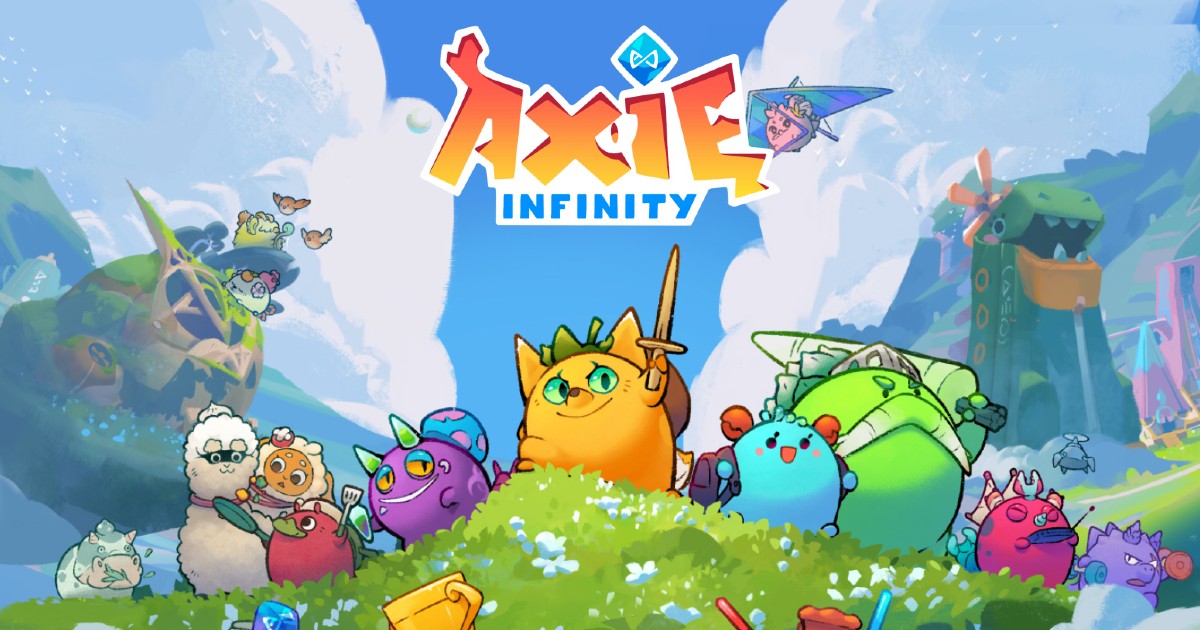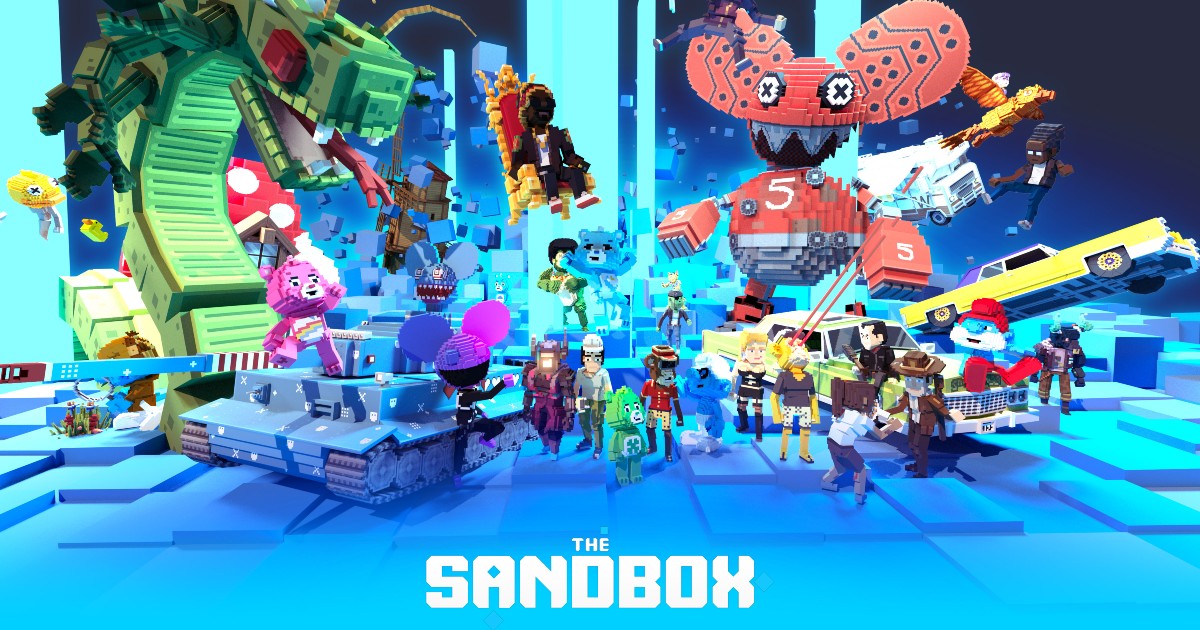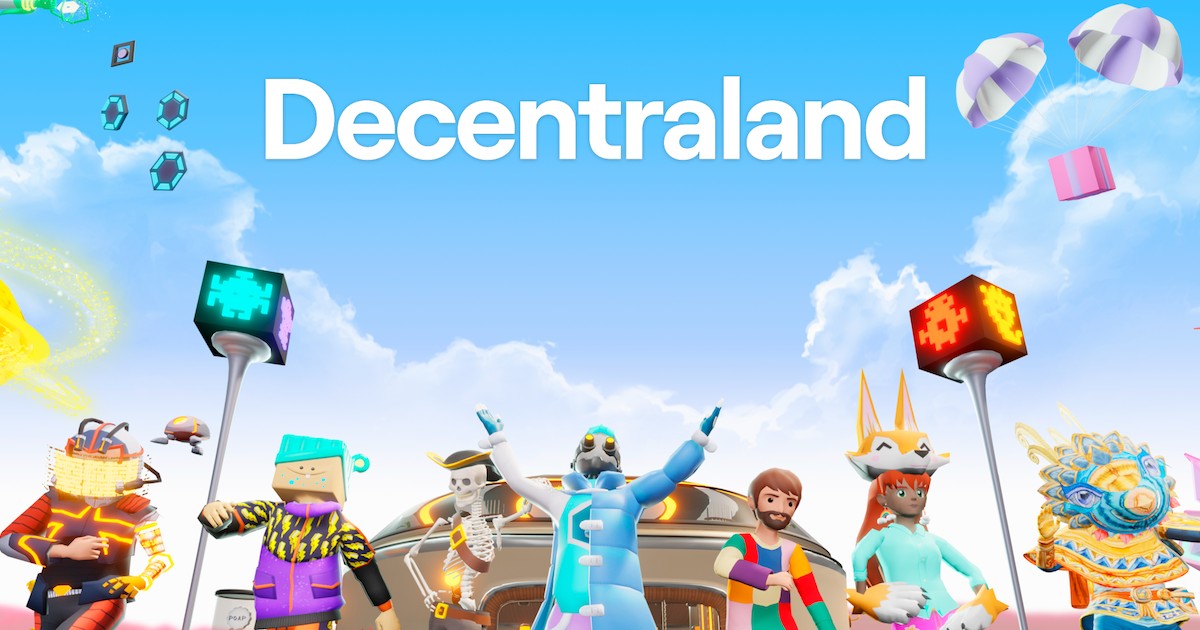Understanding Virtual Real Estate
Virtual real estate refers to digital land parcels in metaverse platforms that can be bought, sold, and developed. These properties exist on blockchain networks, providing true ownership through NFTs.
Major Metaverse Platforms
- Decentraland: 90,601 LAND parcels on Ethereum
- The Sandbox: 166,464 LAND parcels
- Otherside: Yuga Labs' metaverse project
- Somnium Space: VR-focused virtual world
Investment Strategies
Successful virtual real estate investment requires:
- Location Analysis: Proximity to popular areas and landmarks
- Platform Research: Understanding each platform's unique features
- Development Planning: Creating value through content and experiences
- Community Engagement: Building networks and partnerships
Key Metrics to Consider
- Traffic: User activity and footfall in the area
- Development: Quality of neighboring properties
- Accessibility: Ease of navigation and discovery
- Utility: Potential for monetization
Risks and Challenges
Virtual real estate investment comes with risks:
- Market Volatility: Prices can fluctuate dramatically
- Platform Risk: Dependence on platform success
- Regulatory Uncertainty: Changing legal landscape
- Technology Risk: Platform technical issues
Monetization Opportunities
Virtual land can generate revenue through:
- Rental Income: Leasing space to other users
- Event Hosting: Organizing virtual events and experiences
- Advertising: Displaying branded content
- Gaming: Creating play-to-earn experiences
Getting Started
To begin investing in virtual real estate:
- Research different metaverse platforms
- Set up a cryptocurrency wallet
- Start with smaller, affordable parcels
- Join community forums and Discord servers
- Learn about development tools and possibilities





